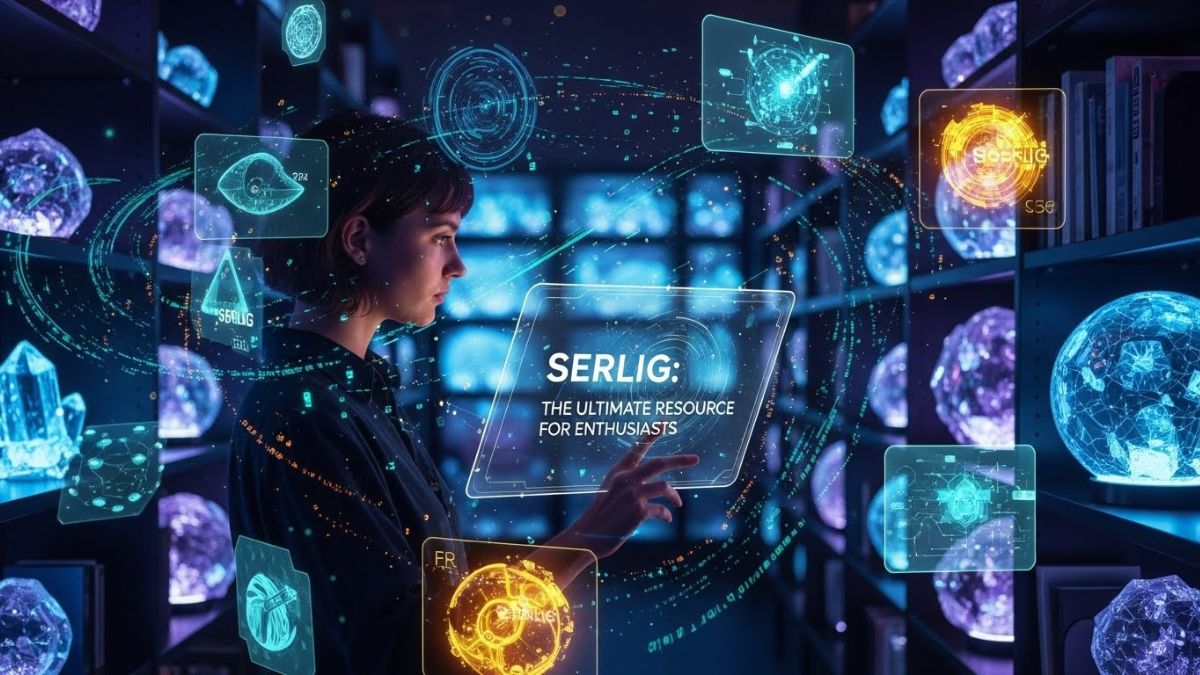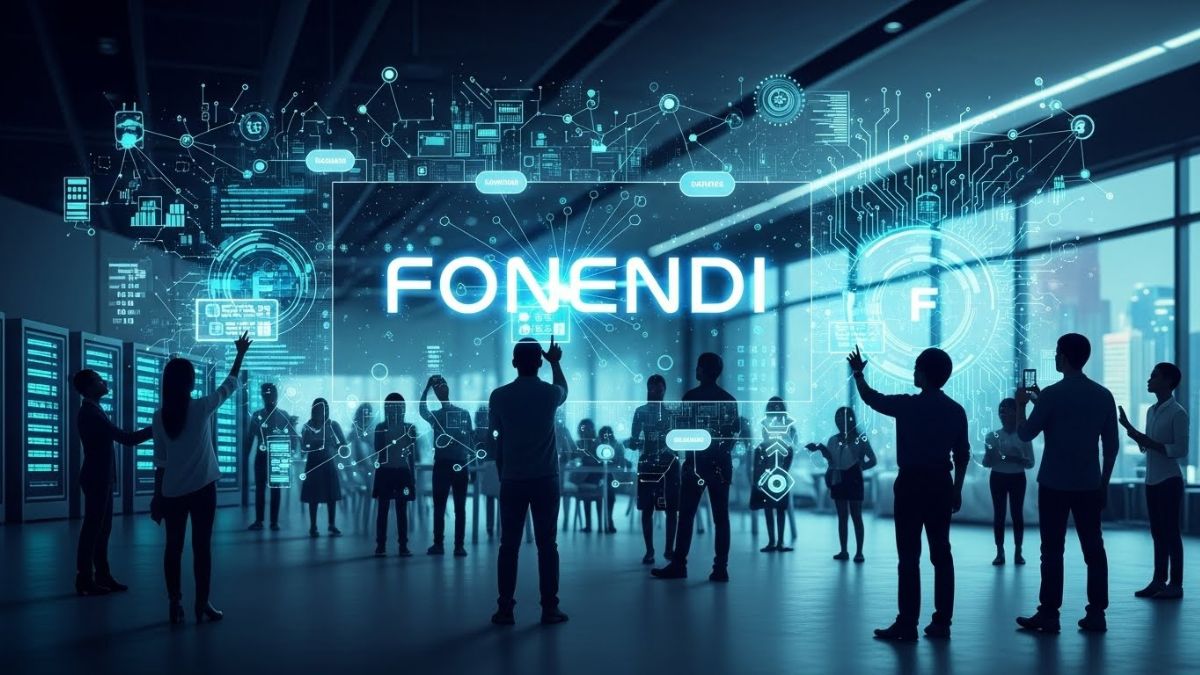Innovative and modern distributed and hybrid workplaces present more complicated difficulties for employee engagement. However, with Microsoft Teams training you can learn about Microsoft Teams, a feature-rich platform of collaboration tools that can significantly improve employee engagement. This post offers practical tips for using Microsoft Teams to create a more connected, inspired, and productive workforce.
Use Channels for a More Focused Collaboration
1. Create Channels with Purpose
- Organize by Project or Department: One of Microsoft Teams’ key features is the presence of channels inside a team. These channels are designated areas where certain subjects, projects, or departments can collaborate without disrupting the overall conversation. Thus, organizing channels based on projects or departmental needs allows staff to easily track and focus on relevant talks.
2. Use Private Channels for Sensitive Discussions
- Manage Confidential Conversations: Private channels in Microsoft Teams enable more regulated talks among chosen members. These are ideal for delicate projects or talks that do not require the full team’s participation. Employees will be more willing to share if they use private channels, as they will not be concerned that their talk may spread beyond the circle of relevant participants.
Encourage Employees to Communicate with Teams Chats and Calls
1. Promote Open Communication
- One-on-One and Group Chats: Microsoft Teams’ chat function is an excellent method to keep employees in your organization interacting productively. This tool will keep the lines of communication open, whether it’s a fast one-on-one message or team group chatting for a basic brainstorming session. These features can be utilized to provide regular check-ins via chat or video conversations, thereby strengthening connections and keeping everyone engaged.
- Encourage informal interactions: When it is about work-related issues, encourage employees to engage in informal chats with their teams. It might be done through the “watercooler” channel for ordinary conversations or by organizing virtual coffee breaks. In this sense, social connections that are generally found in a physical office and are critical for engagement will return.
2. Use Video Calls and Meetings:
- Video Connection Matters: Video calls can personalize your emails or chat messages, which is very important to stay connected and human inside a remote environment. One can encourage video use during meetings to keep the team members engaged and connected.
- Engage Participants: The features that will keep participants engaged during meetings are screen sharing, whiteboards, and polls. These features provide interactivity to the meetings and thus ensure that employees keep interest and are able to contribute meaningfully towards the discussions.
Continuous Learning Opportunities
- Training and Development: Utilize teams to deliver training and development programs. One can conduct webinars and workshops across the platform or use LMS to provide employees with opportunities to grow and develop their skills—something very important for long-term engagement.
- Knowledge Sharing: Open up channels or leverage the Teams Wiki for knowledge sharing across employees. If team members realize who knows what and learn from them, that will enhance the collaboration environment and give a feeling of value to all team members.
Conclusion
Microsoft Teams has several features for increasing employee engagement, such as a condensed version of channels to focused ones, promotion of open communication, and even productivity and feedback tools. It means that such features can help build a more engaged, motivated, and connected workforce. If you want to take your Microsoft Teams use to the next level, services such as Custom Guide can assist you with training that will deepen your use of this customizable platform for better employee engagement.











